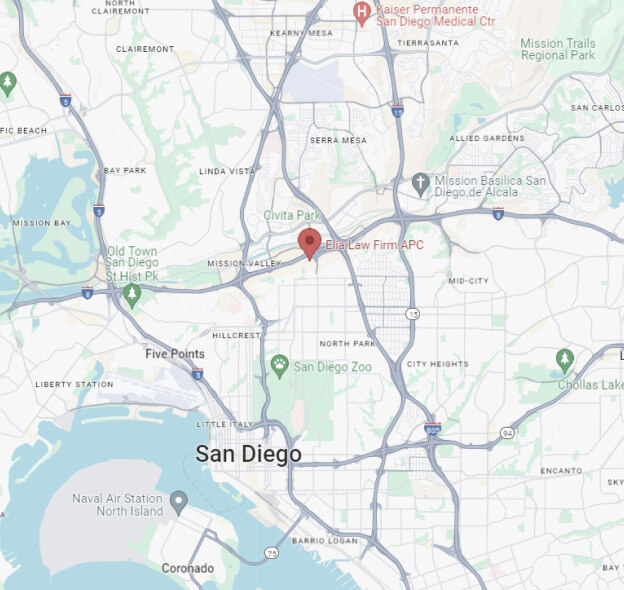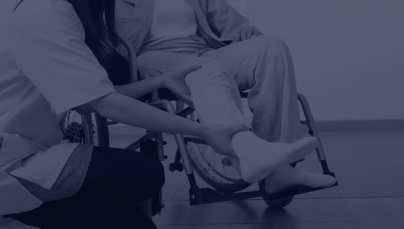Ketamine Infusion for CRPS
What is Ketamine?
Among the many treatments used to abate the symptoms of CRPS perhaps Ketamine Infusion is the most controversial. Ketamine is derived from phencyclidine (PCP) and was approved by the FDA in 1970 for anesthetic purposes. The drug is classified as an NMDA receptor antagonist. In other words, its effect causes interference of pain transmission in the spinal cord – and is widely used for pain relief in low doses.
Ketamine Infusion for CRPS
There are three Ketamine Infusion techniques being performed on CRPS patients for pain relief.
In-Patient (Awake) Technique:
This type of Ketamine Infusion requires at least a 5-day stay at a hospital. The CRPS patient receives an intravenous (IV) line with a dose of 20mg of Ketamine per hour. The dosage is then increased by 5mg increments to a max of 40mg per hour. Doctors may also use small doses of lorazepam (Ativan®), 1-to-2 mg, for any dysphoria or hallucinations. Other medications are utilized to treat such problems as nausea and vomiting, headache etc.
When asked by Neurology Today magazine to describe why the low-dose Ketamine infusion works for many CRPS patients, Doctor Ronald Harbut of Little Rock, Arkansas, likened Ketamine therapy to the healing of a broken bone.
“If someone breaks a bone and you simply put the two pieces back together, they won’t immediately heal. However, if you add a splint and hold the bones juxtaposed and steady for a period of time, and take away the splint later, the bone is healed. I think that the Ketamine treatment does something similar; it lends support and allows the abnormally sensitized nerve cells to heal themselves, so that when you finally take away the Ketamine, the pain is reduced or gone.”
Following the in-patient Ketamine Infusion treatments, patients enroll in an outpatient infusion program. Initially, they are treated 1-to-2 times a week for a 4-hour IV infusion of 100 mg to 200 mg of ketamine. The frequency of outpatient treatments is weaned over time.
Out-Patient Technique:
In slightly less severe CRPS cases, patients may choose to receive Ketamine Infusion on an outpatient basis. They are given 10 daily treatments initially in two consecutive weeks in an outpatient infusion suite. Most patients are given 2 mg of midazolam and sleep through the procedure. Other medications are given as needed for side effects such as nausea and headache.
High-Dose Ketamine Infusion – Coma Technique:
In this technique, patients are placed into a medically-induced coma and given an extremely high dose of Ketamine – typically between 500-700mg per hour for up to 7 days.
This technique is not allowed in the United States.
Why is Ketamine Infusion Controversial?
While Ketamine Infusion shows promise for CRPS pain management cases, doctors still do not know all of the long term risks and effects associated with the procedure. More clinical trials are required before we know the effects and the risks of Ketamine Infusion for CRPS.
CRPS Therapies and Treatments
- CRPS Ketamine Infusion Therapy
- CRPS Physical Therapy
- CRPS Cognitive Therapy
- CRPS Drug Therapy
Sources:
- BoneandSpine.com – Ketamine Infusion Therapy for Complex Regional Pain Syndrome
- RSDS.org
- American RSDHope.org – Ketamine and CRPS
Suffering from CRPS?
If you suffer from CRPS you may be entitled to compensation. Seek out a CRPS attorney for help. If you are in the San Diego area, give us a call.










